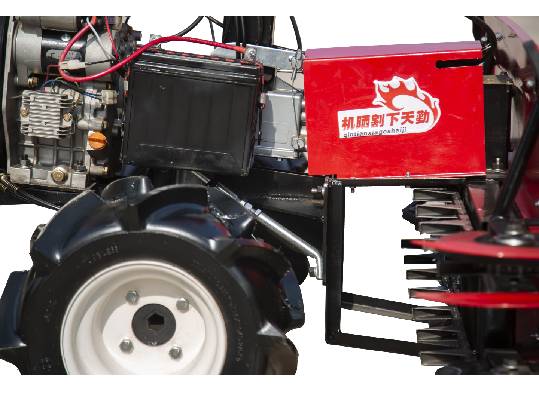reaper harvester
The Reaper Harvester A Symbol of Agricultural Evolution
In the annals of agricultural history, few inventions have had as profound an impact as the reaper harvester. This revolutionary machine symbolizes the evolution of farming practices, transitioning from manual labor to mechanized efficiency and transforming the agricultural landscape forever.
The origins of the reaper can be traced back to the early 19th century when farmers were struggling to keep up with the demands of growing populations and the vast expanses of arable land waiting to be cultivated. Traditional methods of harvesting grain required an immense amount of labor and time. Men and women would laboriously cut wheat, barley, and rye using sickles, a process that was not only tedious but also labor-intensive and time-consuming. The need for a more efficient way to harvest crops became apparent as agricultural productivity became crucial to feeding burgeoning communities.
Enter Cyrus McCormick, a visionary inventor who is often credited with creating the first commercially successful reaper in 1831. McCormick’s invention was a game-changer; it mechanized the harvesting process and significantly reduced the time and labor required to gather wheat. This machine resembled a horse-drawn plow and used a series of blades to cut the grain and a raker arm to gather it into neat bundles. The introduction of the reaper led to a dramatic increase in harvesting efficiency, allowing farmers to cover more land in less time.
The impact of the reaper was not limited to just increased productivity. It also served to reshape the societal structure of farming communities. As the demand for labor decreased due to the efficiency of the reaper, many laborers sought employment in other industries or moved to urban centers. This trend facilitated the shift from rural to urban living, a hallmark of the Industrial Revolution, and contributed to the development of a new economy powered by industrialization.
reaper harvester

Further developments in agricultural technology led to the creation of more advanced harvesting machines, including the combine harvester, which could reap, thresh, and winnow grain in one single operation. The combine harvester represented the culmination of agricultural engineering, merging multiple processes into a single, efficient machine. This innovation not only saved time but also reduced the need for multiple pieces of equipment, thereby minimizing costs for farmers.
As agricultural practices evolved, so too did the role of the reaper harvester in global trade and economics
. With the ability to produce grain at unprecedented rates, countries were able to export surplus crops, fostering international trade relationships and boosting economies worldwide. The efficiency of these machines played an essential role in enhancing food security and supporting the growing populations of the 19th and 20th centuries.Today, the reaper harvester stands as a testament to human ingenuity and the relentless pursuit of progress. Modern versions of these machines are equipped with sophisticated technologies, including GPS guidance systems and advanced sensors, which further optimize harvesting and integrate seamlessly with contemporary farming practices. Precision agriculture has emerged, where data-driven decisions help farmers maximize efficiency and minimize wastage.
The legacy of the reaper harvester is enduring. As it continues to evolve with advancements in technology, it remains a symbol of how innovation can address the challenges faced by society. The journey from the hand-held sickle to the modern combine harvester highlights not just progress in agricultural practices but also the broader themes of change, adaptation, and resilience in the face of growing global demands. As we look to the future, the reaper harvester will undoubtedly keep playing a crucial role in feeding the world, proving that the art of harvesting is as vital today as it was in the days of Cyrus McCormick.
Latest news
-
When to Upgrade Your Old Forage HarvesterNewsJun.05,2025
-
One Forage Harvester for All Your NeedsNewsJun.05,2025
-
Mastering the Grass Reaper MachineNewsJun.05,2025
-
How Small Farms Make Full Use of Wheat ReaperNewsJun.05,2025
-
Harvesting Wheat the Easy Way: Use a Mini Tractor ReaperNewsJun.05,2025
-
Growing Demand for the Mini Tractor Reaper in AsiaNewsJun.05,2025







